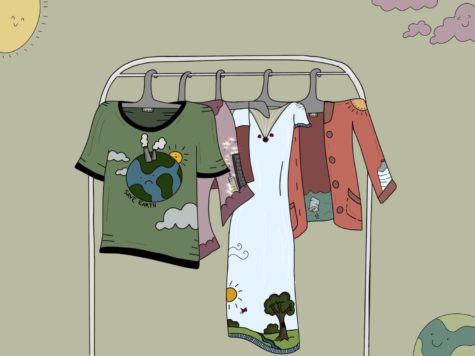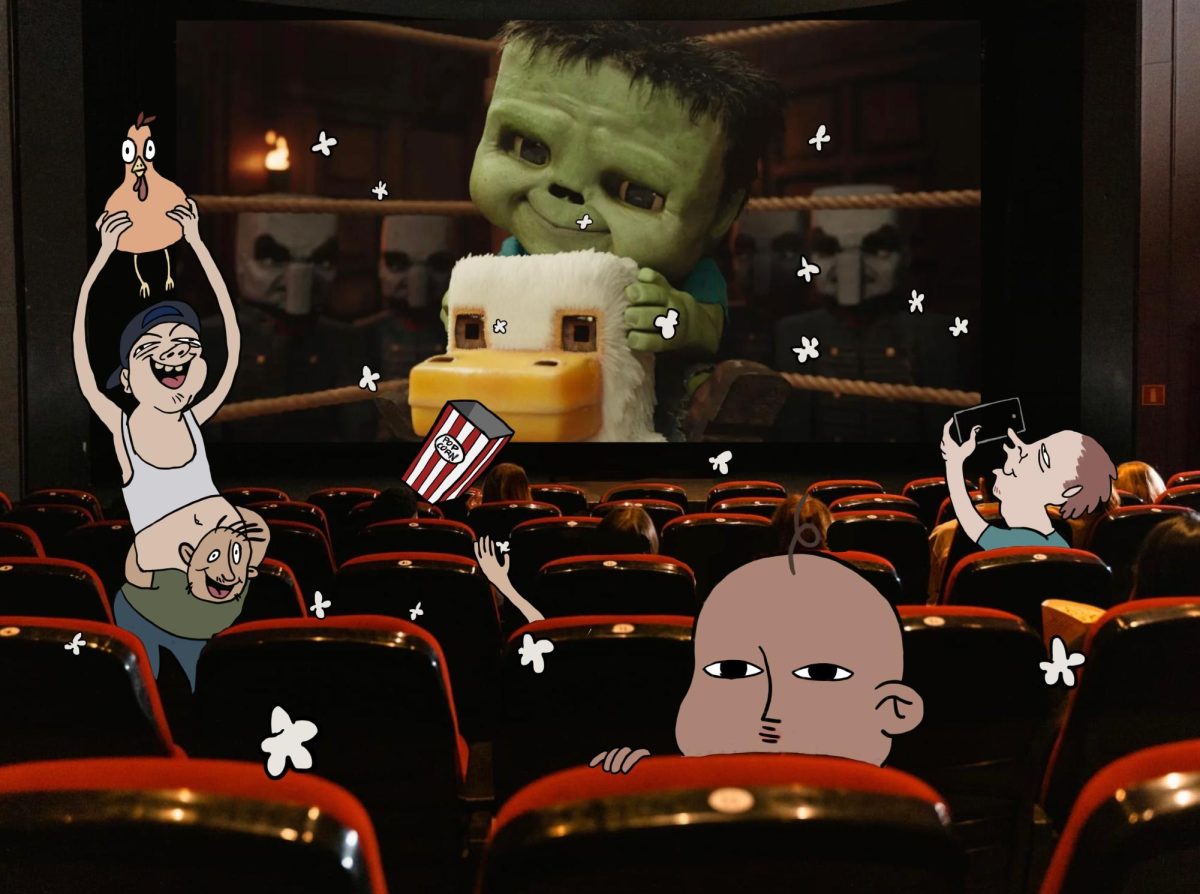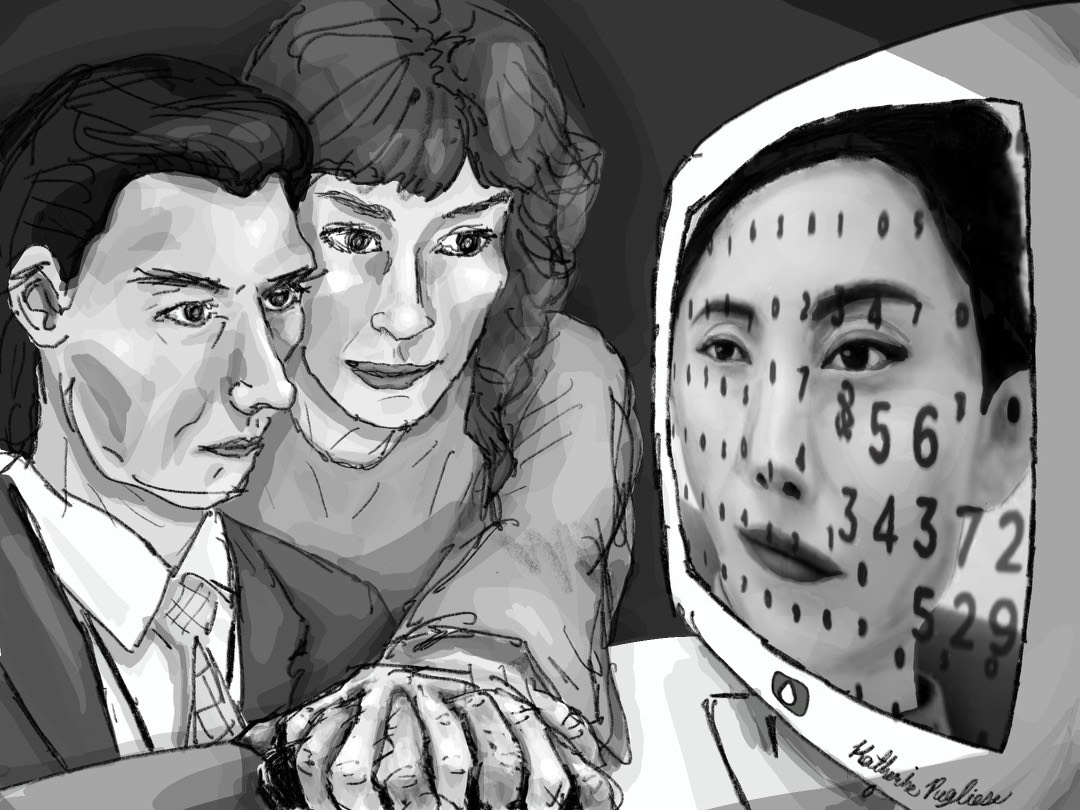
The newest catchphrase heard by almost anyone who’s ever asked “I love that shirt, where’d you get it?” is “Thank you, I thrifted it.” Many still remember when thrift shopping was deemed embarrassing or something to be ashamed of. Now? It’s a full fledged culture with a billion dollar industry attached to its name. The impacts of this rising creative outlet have been widely disputed, but one thing everyone can agree on; it will change the fashion and beauty industry in a major way moving forward.
The vintage clothing trend is by no means new but the way by which it’s accessed and the culture around it has shifted in a major way. For past generations, clothing considered “vintage” has been marketed off of by bigger brands. The retail industry mainly handled vintage based clothing through revitalization and modernization to a more palatable, centralized look with vintage elements. High end brands like Gucci might release whole collections while more day to day brands like Hanes might release certain articles that allude to older fashion, but don’t embrace it.
Well not anymore. The new access point has now been centralized around antique stores and thrift stores. That being said, brand names are in no way irrelevant. Higher end thrifters and “flippers” — or people who work to adapt thrifted pieces — still pay careful attention to the brands they are picking up. For those that plan to resell, a Juicy Couture tag can increase the price up to five fold. Rather than branded vintage, the attention seems to be shifting to vintage brands.
One new aspect of this type of consumerism is, of course, reselling. Though many argue the importance of reselling thrifted pieces online or elsewhere, is it really so productive? Many say not. For a bit of historical context, thrifting was initially started by religious groups accepting small donations for local low income citizens to have members’ hand-me-down clothes. The origins, arguably, were mutually beneficial for both the community and the place of worship. Currently, thrift and antique stores have shed the religious affiliation and now sell to keep the stores open and operating. Criticism has followed the use of thrift stores by privileged individuals who have the means to shop elsewhere. Thrift stores usually operate off of donations and often run short on sizes and articles of clothing that are more needed. ten cowboy hats and 25 XXL T-shirts aren’t ideal for purchasing, especially by those that need it.
A far more drastic impact of the overuse of thrift stores by those who don’t need them — the industrialization of the stores. The wealthier the general group entering a store, the higher the prices are innately going to be. As someone who has thrifted clothing since I was five years old, I myself have seen how the prices have skyrocketed. I can’t remember seeing anything in a store over $6. Now, a $10 T-shirt would be considered a steal. As thrift stores center and tailor their prices around a wealthier demographic, the communities they are intended to help are left high and dry.
But thrifting clothing isn’t all bad. In fact, one of thrifting’s driving forces has been environmental activists. The coin term “flash fashion” is used to describe fast moving fashion trends that spread through social media like wildfire and leave just as fast. Flash fashion results in huge amounts of bought and wasted clothing that end up in landfills after their long lives of greenhouse gas emissions. Thrifting is a direct counter to this. The reuse and rehabilitation of clothing allows people to buy and trade eachother’s clothing
Similar to how Shein, the cheap, ill-manufactured online clothing store, is the boogeyman company of flash fashion, Depop has become that of online thrifting. Depop is a self described “peer-to-peer social e-commerce company.” It allows teenagers all over the world to buy and sell eachother’s clothing. Though misuse of the platform to exploit small thrift businesses is widespread, the global implications of this type of thrifting are positive. Rather than the constant manufacture of clothing, Depop acts to slow the production of wasted clothing while still giving teens a new outfit every couple of months. As capitalist as it may seem, the monetary incentive gives teens a reason to keep their clothing in good shape for the next person who wants to buy it. Depop isn’t the only way teens have been able to profit off of their old and unused clothes
While it’s positives and negatives can be debated all day, the culture of vintage clothing and thrift shopping remains prevalent. Its environmental implications and cultural reshaping will affect us for years to come. One thing is clear; thrifting — in its culture and impacts — isn’t going away anytime soon.






